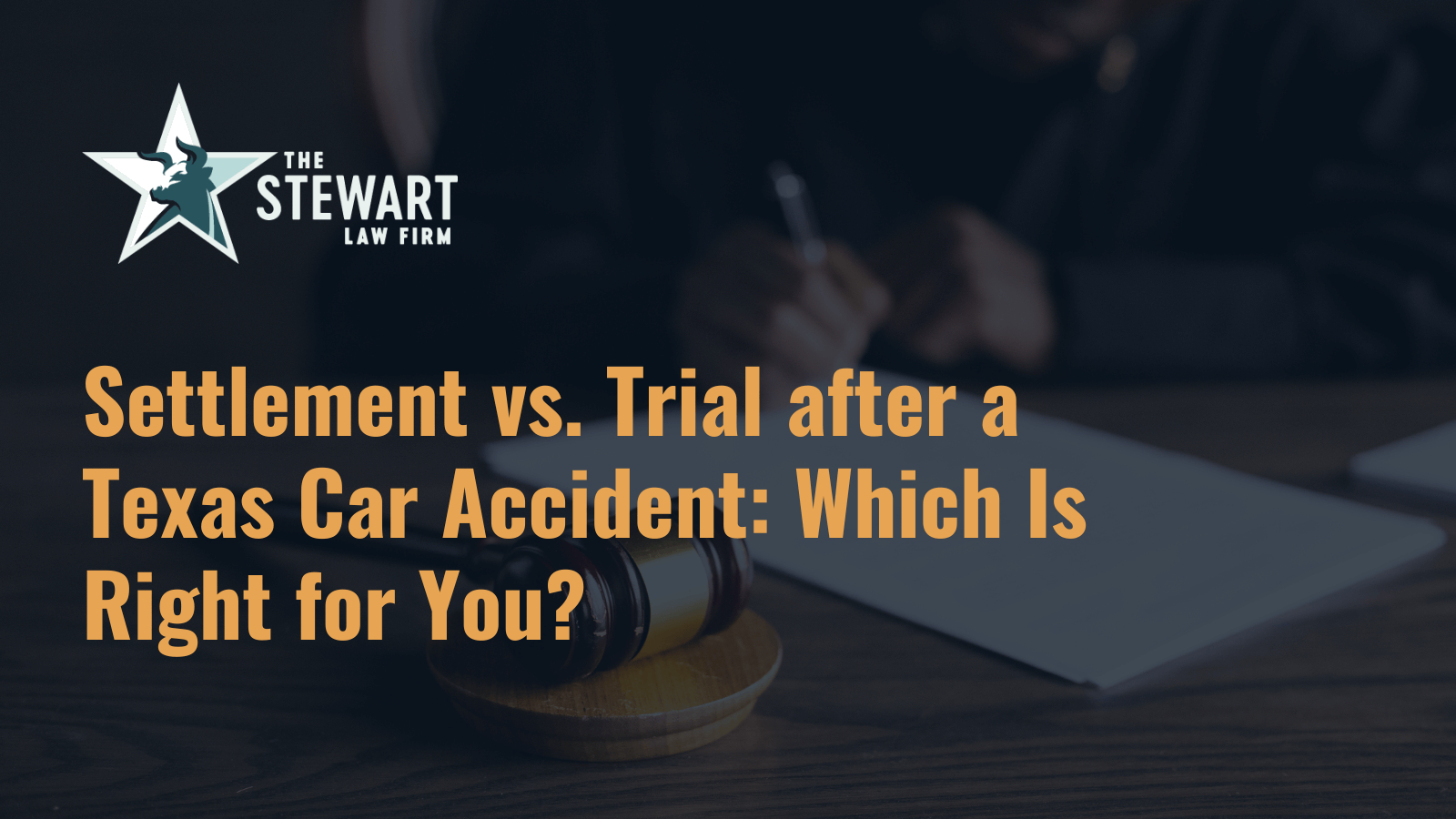While there is no set amount or universally accepted formula used to calculate the damages awarded in a personal injury claim, there are some guidelines available to provide injured victims an idea of what an acceptable offer of compensation might look like.
One of the more common formulas involves a multiplier that is determined by the severity of your injuries, which is multiplied by medical expenses you have incurred associated with the injury. The result is an estimate of your non-economic damages, otherwise known as pain and suffering. It is added to the amount calculated from your economic damages, totaling an estimate for compensation.
The Multiplier
A multiplier will typically range between 1.5 and 5, based on the facts related to your injuries, including the severity, the amount of treatment necessary to recover as well as the need for future treatment, whether or not you are expected to make a full recovery, and if the injuries are expected to have permanent or long-lasting effects. This is one of the most contentious elements in calculating the damages of a personal injury claim, given its incredibly subjective nature.
Economic Damages
An injured party can receive compensation for two types of damages – economic and non-economic. Economic damages refer to tangible losses and expenses such as money needed to repair your vehicle, medical bills, lost wages or loss of work, money needed to pay for household services you can no longer perform yourself, and money for future economic losses.
Non-Economic Damages
Non-economic damages refer to the more abstract issues associated with one’s injuries and are commonly referred to as “pain and suffering.” These damages usually include mental suffering, physical pain, humiliation, emotional distress, damage to a person’s reputation, and the worsening of previous injuries that might have existed.
Modified Comparative Negligence
After calculating damages, you might have to reduce the estimate if you were partially responsible for the accident. Texas is a comparative negligence state, which means the law requires a jury award to be reduced by an individual’s percentage of fault. If it is determined that you are more than 50% at fault for the occurrence of the accident, you will not win any damages.
With this in mind, it is crucial never to admit any liability or fault. An insurance adjuster will likely employ tactics to coax you into admitting fault even if you were not responsible for the accident. Stick to the basic facts when speaking to an insurance adjuster and never agree to give a recorded statement. It is also crucial to seek representation from a skilled personal injury attorney as soon as possible. He or she will be able to advise you throughout the process to ensure no mistakes are made during settlement negotiations and, if necessary, will be able to effectively litigate your case in court.
Austin Personal Injury Attorney
Over the course of our history, The Stewart Law Firm, PLLC has successfully represented thousands of injured clients in Austin and in the surrounding areas. Whether we are negotiating a favorable settlement or litigating a case in court, we are committed to obtaining the maximum compensation on behalf of every client we serve. You should not be burdened with costs associated with injuries that were not your fault. We are here to make sure those responsible for your suffering are held accountable.
Our firm handles a wide range of personal injury cases, including product liability, workplace injuries, motor vehicle accidents, premises liability, truck accidents, construction accidents, and more.
Contact us today at (512) 271-5112 to learn more about how we can help you.





